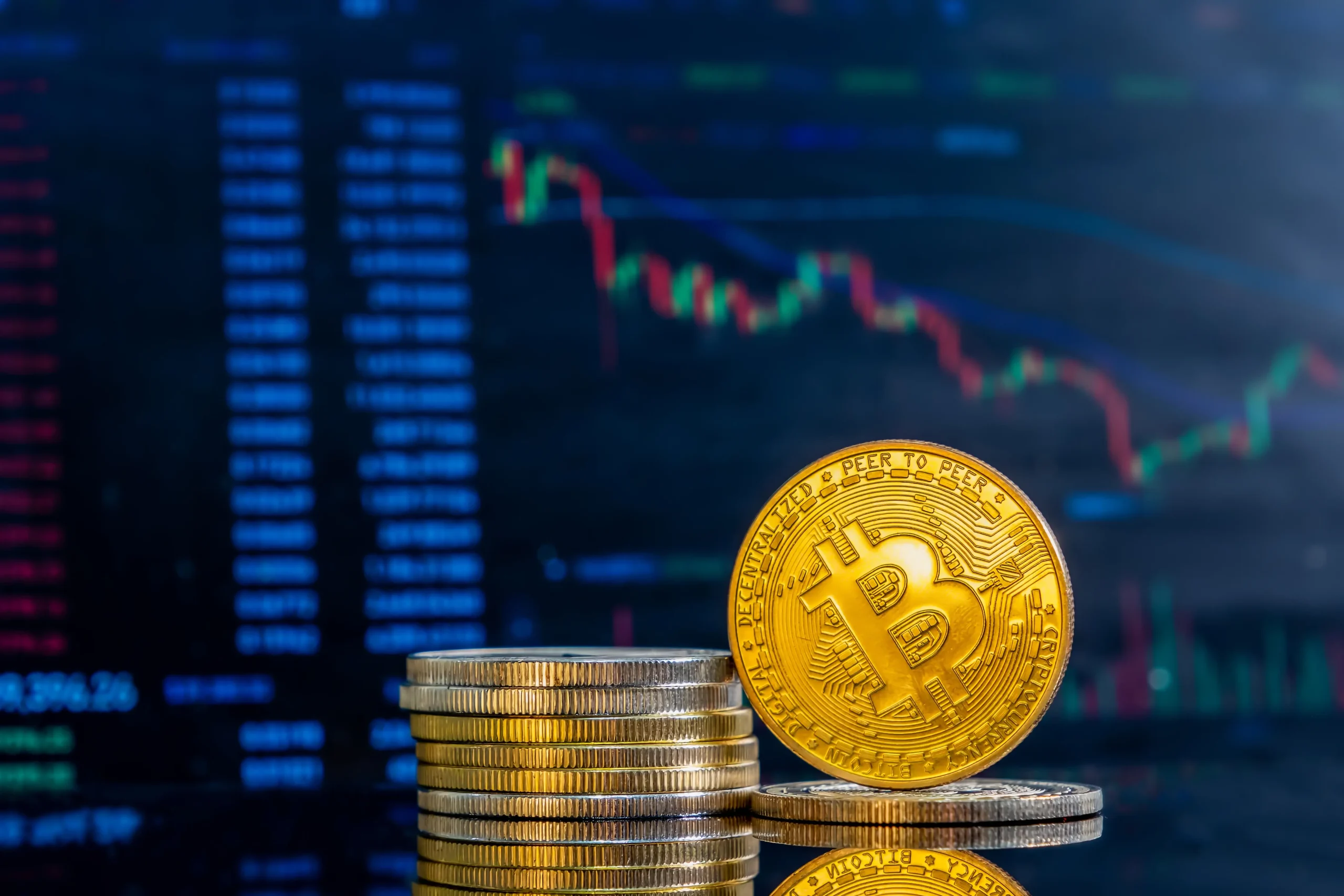Here’s Why Bitcoin Could Hit $100,000 Soon
16.07.2024 19:00 1 min. read Alexander Stefanov
Renowned economist Timothy Peterson recently shared his insights on Bitcoin's future price trajectory in a statement posted on the social media platform X.
Peterson’s analysis suggests that Bitcoin could see a potential 59% return in the short term if the 6-month median return dips below -20%, potentially driving its price to $100,000 by January.
Further to the attached, here is the short-term trading cycle for #Bitcoin. The median 6-month forward return when this indicator is below -20% is +59%, which would put Bitcoin at $100,000 by January.
All of my work is based on genuine #economic research which can be found at… https://t.co/2cb1zpcCIv pic.twitter.com/eMvwVGoXqa
— Timothy Peterson (@nsquaredvalue) July 15, 2024
He emphasized the significant influence of high-yield (HY) corporate bond rates on Bitcoin’s price dynamics, noting a direct correlation between HY rates and Bitcoin prices.
According to Peterson, higher HY rates indicate increased investor risk appetite, prompting greater investments in assets like Bitcoin.
Peterson’s analysis is based on historical trends, particularly comparing Bitcoin price movements with the ICE BofA US High Yield Index Effective Return, which he considers pivotal in predicting Bitcoin’s price shifts. As HY rates decline, Peterson observes a tendency for Bitcoin’s price to rise substantially.
Moreover, Peterson highlighted a recent record high in Cumulative Net ETF Flows, reinforcing his outlook on Bitcoin’s potential bullish trajectory.
-
1
Blockchain Group Bets Big on Bitcoin With Bold €300M Equity Deal
09.06.2025 22:00 2 min. read -
2
Bitcoin to Track Global Economy, Not Dollars, Says Crypto Expert
09.06.2025 18:00 2 min. read -
3
BlackRock’s Bitcoin ETF Breaks Into Top 15 Most Traded ETFs of 2025
12.06.2025 18:00 2 min. read -
4
Bank of America Compares Bitcoin to History’s Most Disruptive Inventions
17.06.2025 14:00 1 min. read -
5
Bitcoin on a Path to $1 Million as Wall Street Embraces Digital Gold – Mike Novogratz
14.06.2025 19:00 1 min. read
Bitcoin Averages 37% Rebound After Crises, Binance Research Finds
Despite common fears that global crises spell disaster for crypto markets, new data from Binance Research suggests the opposite may be true — at least for Bitcoin.
Bitcoin Mining Faces Profit Crunch, But No Panic Selling
A new report by crypto analytics firm Alphractal reveals that Bitcoin miners are facing some of the lowest profitability levels in over a decade — yet have shown little sign of capitulation.
Bitcoin Hashrate Declines 3.5%, But Miners Hold Firm Amid Market Weakness
Bitcoin’s network hashrate has fallen 3.5% since mid-June, marking the sharpest decline in computing power since July 2024.
Bitcoin Surpasses Alphabet (Google) to Become 6th Most Valuable Asset Globally
Bitcoin has officially overtaken Alphabet (Google’s parent company) in global asset rankings, becoming the sixth most valuable asset in the world, according to the latest real-time market data.
-
1
Blockchain Group Bets Big on Bitcoin With Bold €300M Equity Deal
09.06.2025 22:00 2 min. read -
2
Bitcoin to Track Global Economy, Not Dollars, Says Crypto Expert
09.06.2025 18:00 2 min. read -
3
BlackRock’s Bitcoin ETF Breaks Into Top 15 Most Traded ETFs of 2025
12.06.2025 18:00 2 min. read -
4
Bank of America Compares Bitcoin to History’s Most Disruptive Inventions
17.06.2025 14:00 1 min. read -
5
Bitcoin on a Path to $1 Million as Wall Street Embraces Digital Gold – Mike Novogratz
14.06.2025 19:00 1 min. read


